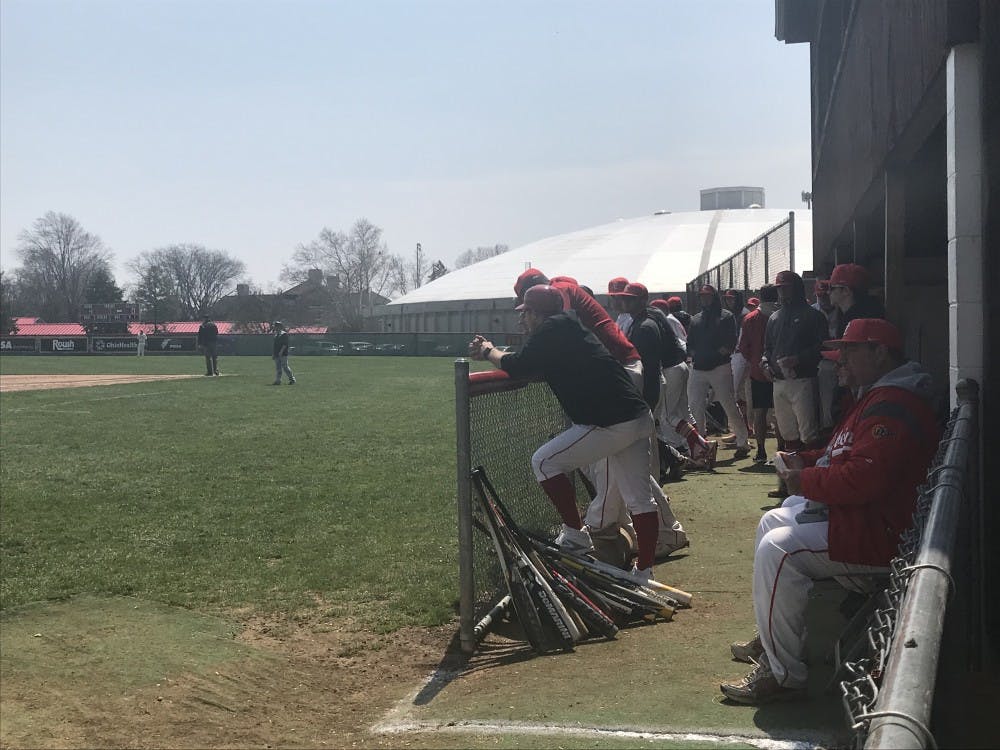When an athletic program does not receive enough funding from their university for everything on their wish list, they are responsible for generating the additional funds.
Outside fundraising is common in NCAA Division III since modest revenue leads to operating budgets, which change each year, that do not cover much more than each team’s travel expenses and certain equipment upgrades.
“[When committing to Otterbein,] I had an understanding that Division III athletics certainly don’t get the kind of funding that Division I schools do,” sophomore baseball player Sam Edgell said. “For us to do things we want to do, we are going to have to put in some work.”
Like other NCAA Division III baseball teams, Otterbein’s over 60 players have worked long weekend hours at amusement park Cedar Point for the past three years to buy a new batting cage, cleats, jerseys and contribute to the new Fishbaugh Field fence.
Over two fall weekends of their choosing, players pick up trash and operate attractions. After their 16-hour workdays, they are housed in dorms on the park’s grounds in Erie County, Ohio.
“There are some other teams in our conference who have turf fields and things like that,” Edgell said. “If we want to get this program to that point, it is going to have to be through fundraising.”
All programs decide if, and how, they would like to raise money. For example, Otterbein’s lacrosse teams sell their old helmets to alumni every three years to offset the cost of the expensive updated model.
The university’s athletics department acknowledges their student-athletes' need to produce extra cash on top of the budget they create with the Division of Student Affairs, which are both ran by Director of Athletics and interim Vice President of Student Affairs Dawn Stewart.
“If you want something that is not built into your budget for that year, most programs at the Division III level have to do something extra,” Otterbein Sports Information Director Adam Prescott said.
Copy Edited by MS
Fact checked by JM








